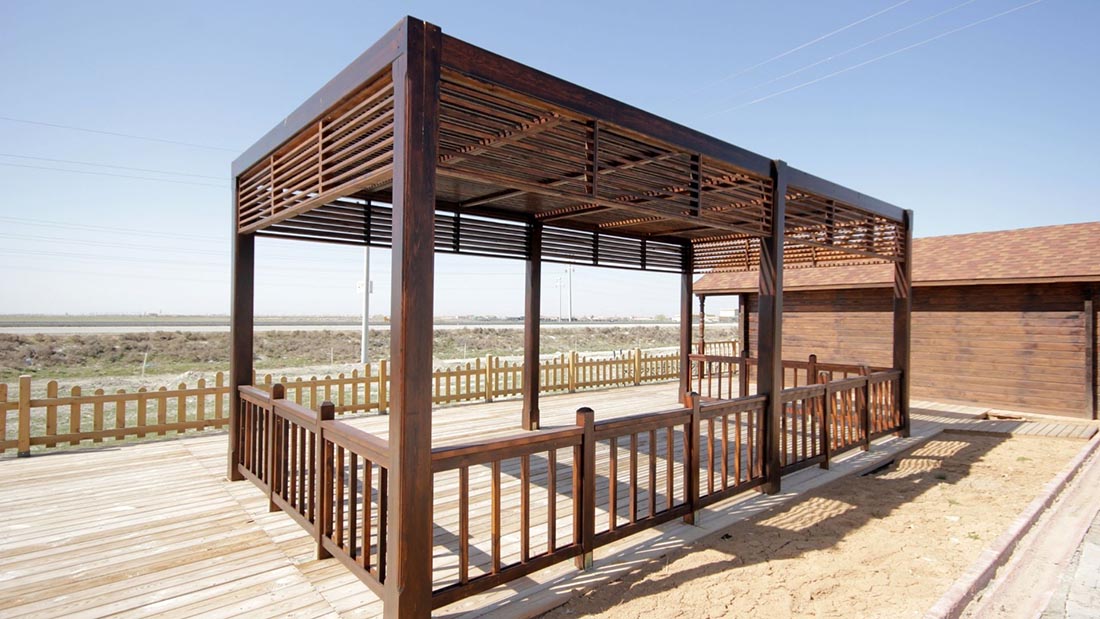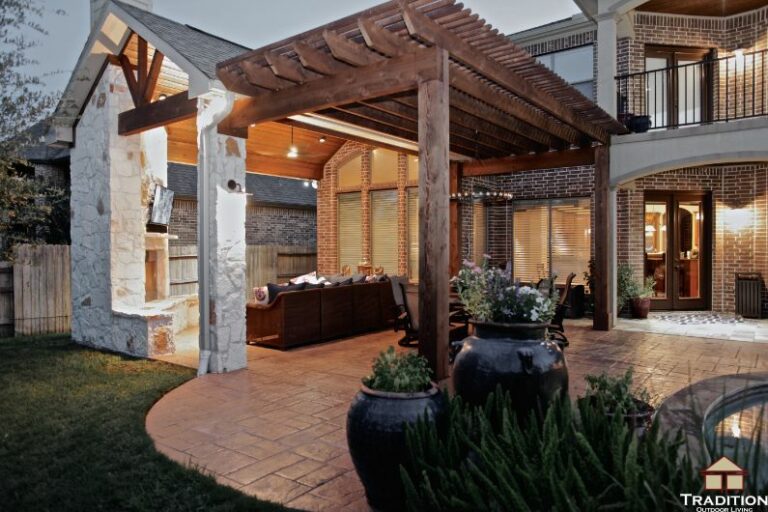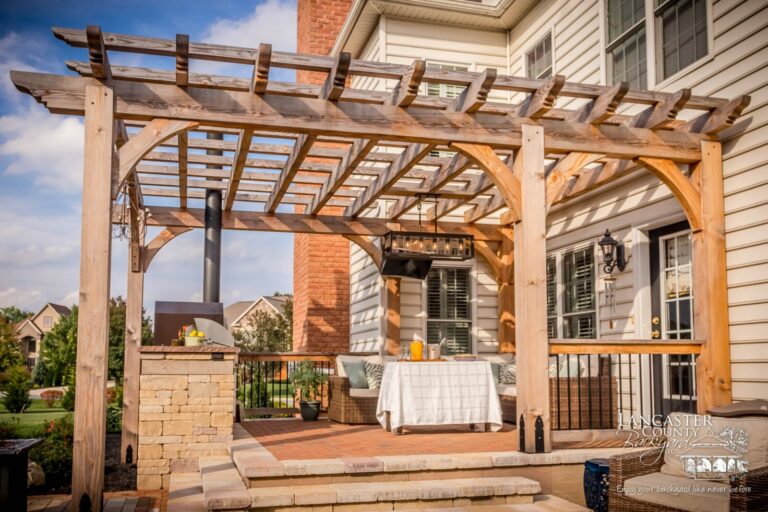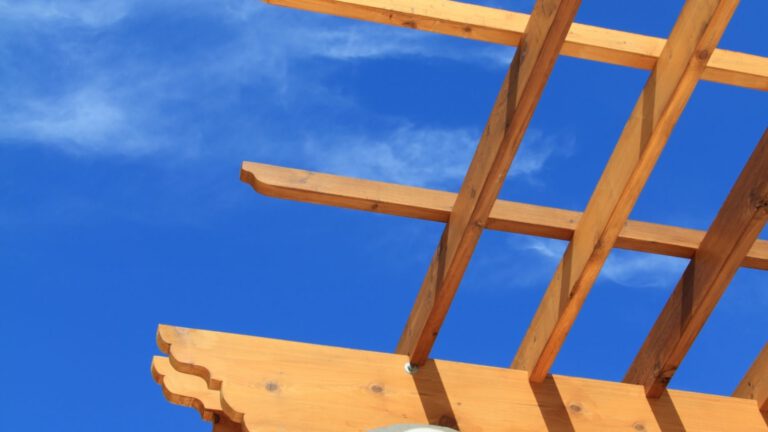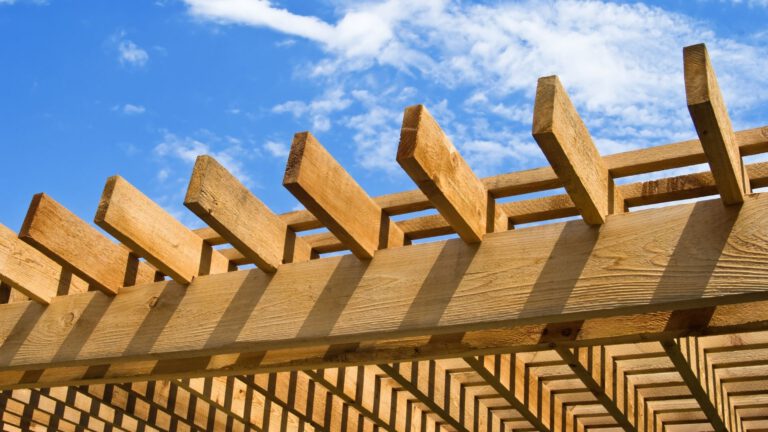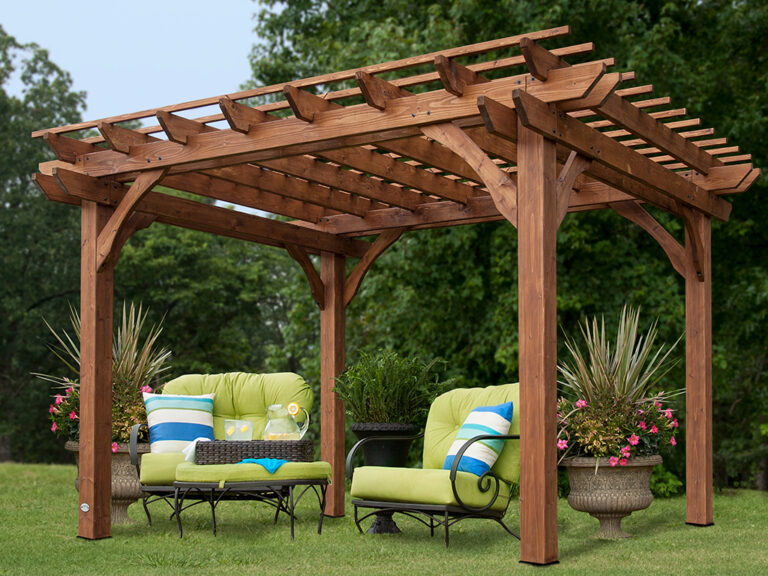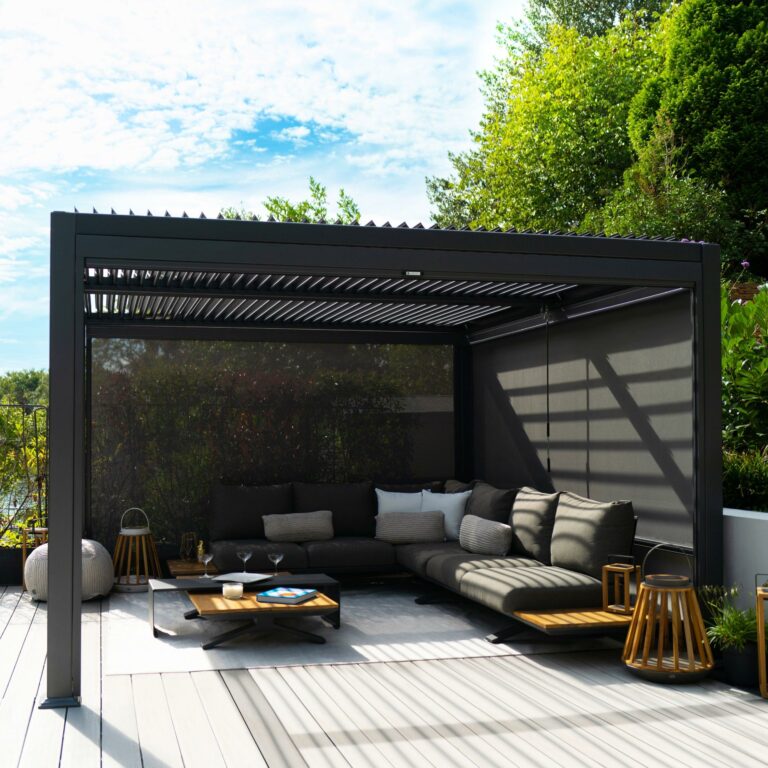The Role of Quality Materials in Crafting Durable Pergolas
A backyard pergola can transform any outdoor space into an oasis of calm and comfort. Beyond the aesthetic appeal, a well-constructed pergola offers shade, acts as a focal point for outdoor gatherings, and can even increase the overall value of a property. However, the longevity and durability of a pergola largely depend on the quality of materials used in its construction. In this article, we’ll delve deep into the pivotal role that quality materials play in crafting durable pergolas.
1. Longevity: A Matter of Material
When envisioning a pergola for an outdoor space, one often imagines a structure that stands the test of time. Be it the unforgiving summer sun, the drenching monsoons, or the harsh winter winds, a pergola should remain steadfast and beautiful. And while design and craftsmanship are critical, the foundation for such resilience lies in the choice of materials.
2. The lowdown on lumber
Wood is the most traditional material for pergola construction. But not all woods are created equal. Hardwoods like cedar, redwood, and mahogany possess natural resistance to rot, decay, and pests. They also handle outdoor conditions much better than softer woods.
Cedar, for example, contains natural oils that deter insects and prevent decay. It not only has a beautiful reddish hue but also ages gracefully. Similarly, redwood, with its rich color, doesn’t warp or shrink as easily as other woods.
3. Enter the Era of Engineered Materials.
While traditional wood has its charm, modern-day pergolas are also built using engineered materials like vinyl, fiberglass, and aluminum. These materials offer a different set of benefits:
- Vinyl: Easy to maintain and durable, vinyl won’t peel, rot, or decay. It’s also resistant to pests. For those who desire a hassle-free pergola that stays pristine for years, vinyl can be an excellent choice.
- Fiberglass: It’s incredibly strong, lightweight, and can be painted to match any desired color. Unlike wood, it doesn’t require regular maintenance and doesn’t corrode or rot.
- Aluminum: Known for its sturdiness, aluminum is rust-resistant and can be coated with a variety of finishes to give it a more polished look.
4. Hardware that holds
While much focus is given to the primary construction materials, the durability of a pergola also relies on the quality of its hardware. Stainless steel fasteners, brackets, and bolts won’t corrode or rust over time. They securely hold the structure together, ensuring it withstands the elements and general wear and tear.
5. Material Finish: The Shield of Protection
A finish isn’t just about adding a layer of beauty; it’s about protection. High-quality paints and stains shield the pergola from UV rays, moisture, and fluctuating temperatures. For wood, using a premium sealant or stain can protect its grain and enhance its life. For engineered materials, the right finish ensures the color doesn’t fade quickly and the material remains robust.
6. Cost vs. Value: The Bigger Picture
There’s a common misconception that investing in premium materials translates to unnecessary added costs. However, this perspective misses the bigger picture. Opting for quality materials might involve a higher initial outlay, but it invariably results in savings in the long run. How? Through reduced maintenance costs, a longer lifespan, and the sheer joy of having a structure that looks as new as the day it was erected, year after year.
Conclusion
A pergola, with its lattice or open-beamed elegance, stands as a testament to architectural beauty and practical utility. When crafted with quality materials, its life is significantly extended, allowing generations to enjoy its shade and elegance. Whether you’re considering a traditional wooden structure or are leaning towards modern engineered materials, the key is not to compromise on quality. Remember, a pergola is not just an addition to your space; it’s an investment in many joyful moments to come.

